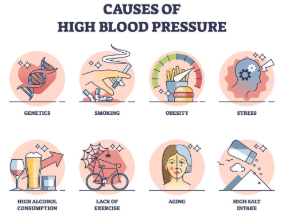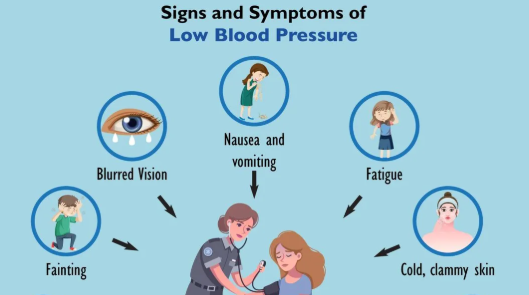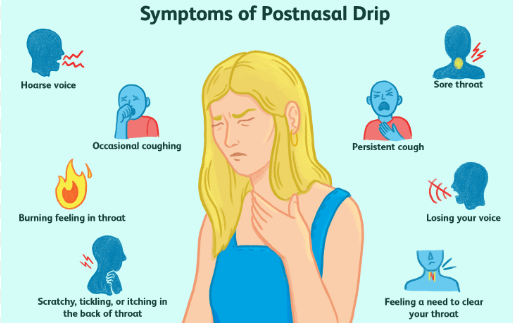Dear Doctor: What Not to Say to Me and Other Fibromyalgia Patients
Dear doctor, we understand your job isn’t easy. We know you face long hours, mounting pressure, and endless patient charts. But we also know what it feels like to walk into your exam room carrying pain that never fully goes away. To describe symptoms we barely understand ourselves, only to leave feeling unheard, unseen, or worse—blamed.
For those of us living with fibromyalgia, the medical journey is already difficult. The pain is real, even when tests come back normal. The fatigue is crushing, even when we look rested. The fog is thick, even when we try our hardest to focus. We don’t want special treatment. We just want to be treated with respect.
There are certain things we hear too often in medical settings—statements that may be said casually, but leave a lasting wound. So this letter isn’t just a critique. It’s a plea for understanding. If you’re truly here to help, here’s what not to say to me or any fibromyalgia patient who walks through your door.
1. “But You Don’t Look Sick”
This phrase might seem like a compliment, but it invalidates everything we’ve shared. Many chronic illnesses, including fibromyalgia, are invisible. We may be smiling through pain or dressed well despite fatigue. Looking fine does not mean we feel fine.
Instead, try: “Tell me how it’s been feeling for you lately.”
2. “You Just Need to Exercise More”
Exercise, in the right form and quantity, can be helpful. But for many fibromyalgia patients, even light activity can trigger a flare. Suggesting exercise as a cure-all without understanding our current limits makes us feel blamed for our own condition.
Instead, ask: “What kind of movement feels manageable for you right now?”
3. “It’s Probably Just Stress”
Stress does play a role in fibromyalgia, but it’s not the cause. Suggesting stress as the explanation for our symptoms implies that we’re overreacting or creating this illness with our minds. This oversimplification damages trust.
Instead, acknowledge the complexity: “Let’s explore all the factors that might be affecting your pain.”
4. “All Your Tests Are Normal, So You’re Fine”
Normal test results do not mean everything is okay. Fibromyalgia often lacks visible markers on traditional lab work or scans, but the symptoms are still debilitating. Being told we’re “fine” when we’re clearly not is dismissive and discouraging.
Instead, try: “Even though the tests are normal, your experience is valid. Let’s talk about symptom management.”
5. “You Just Need to Lose Weight”
Weight can affect pain levels, yes—but fibromyalgia can also cause weight changes due to limited mobility, fatigue, and medication side effects. Reducing our entire illness to a number on the scale ignores the bigger picture.
Instead, focus on holistic care: “Let’s work together on improving energy and mobility in a way that feels right for you.”
6. “Are You Sure It’s Not All in Your Head?”
This is one of the most damaging things a patient can hear. While fibromyalgia does have neurological aspects, the pain and symptoms are very real. Suggesting it’s imaginary or exaggerated contributes to stigma and discourages us from seeking help.
Instead, say: “Your symptoms are real. Let’s work to find the best way to manage them.”
7. “Have You Tried Meditation?”
Meditation can be helpful as a supplemental tool, but it is not a cure. When it’s offered as a standalone suggestion, especially early in the conversation, it can feel dismissive—like we’re being told to “calm down” instead of being taken seriously.
Instead, ask: “Would you be open to exploring some complementary strategies along with medical options?”
8. “Fibromyalgia Isn’t a Real Disease”
Sadly, some healthcare professionals still doubt the legitimacy of fibromyalgia, even though it is recognized by major medical institutions. Dismissing it outright as a diagnosis causes serious harm to patients who have fought to be heard.
Instead, be open: “Fibromyalgia is complex, but I believe you and want to help you manage it.”
9. “You’re Too Young for This”
Chronic illness doesn’t follow age rules. Many people with fibromyalgia are diagnosed in their 20s or 30s. Hearing that we’re too young to feel this way only makes the experience more isolating.
Instead, acknowledge our struggle: “It’s incredibly tough to face this at your age. Let’s talk about what support you need.”
10. “We’ve Tried Everything, There’s Nothing More I Can Do”
This statement can leave patients feeling abandoned. Even when options are limited, knowing that a doctor is willing to keep trying, researching, or referring makes all the difference.
Instead, reassure us: “This is tough, but I won’t give up. Let’s keep exploring what might help you.”
What We Really Need From You
We’re not asking for miracles. We’re asking for empathy. For time. For a listening ear and a belief that what we’re experiencing is real. We’re asking for partnership—not pity, not judgment, and not quick fixes.
When you validate our pain, we begin to feel safer. When you advocate with us instead of for us, we feel stronger. And when you stay open-minded instead of skeptical, we feel hope.
Fibromyalgia is a long road. Having a compassionate doctor by our side makes that journey less lonely, less frightening, and far more manageable.
Conclusion
Dear doctor, your words matter. Your tone matters. Your belief in us matters more than you might realize. We come to you at our most vulnerable, hoping for understanding and guidance. Please choose your words with care. Because what you say can either build a bridge—or a barrier. And for those of us living with fibromyalgia, we already face enough battles. Let the one with our doctor be a source of peace, not pain.
For More Information Related to Fibromyalgia Visit below sites:
References:
Fibromyalgia Contact Us Directly
Click here to Contact us Directly on Inbox
Official Fibromyalgia Blogs
Click here to Get the latest Chronic illness Updates
Fibromyalgia Stores







